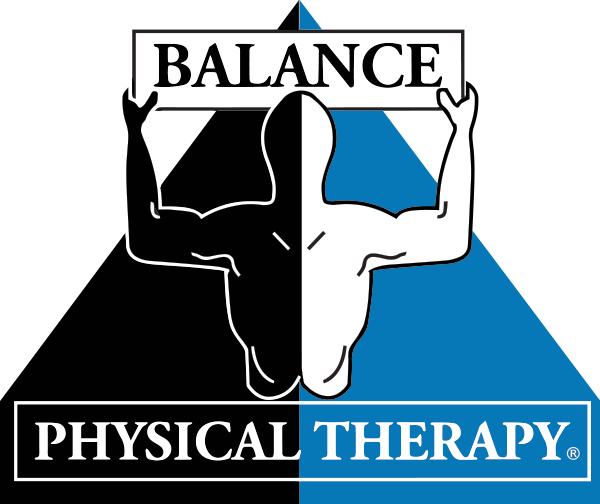When it comes to maintaining independence and mobility, a cane can be a valuable tool. Whether you’re recovering from an injury, managing a chronic condition, or simply in need of extra support, using a cane can greatly enhance your stability and confidence. However, for a cane to be truly effective, it’s crucial to ensure that it is properly fitted. In this guide, we’ll explore the key aspects of fitting yourself for a cane, including the right height and side to hold it on.
Fitting: Wrist Height Matters
The first step in ensuring the effectiveness of your cane is to adjust it to the correct height. A cane that is too short or too tall can lead to discomfort, improper weight distribution, and may even increase the risk of falls. The ideal height for your cane is directly related to the height of your wrist.
To find the right height, stand upright with your arms hanging naturally at your sides. The top of the cane should align with the crease of your wrist when your arms are relaxed. Take note of the bony protuberance on the side of your wrist, known as the radial styloid. The cane’s handle should be at the same height as this bony landmark.
Adjusting the height of your cane is typically a simple process. Many canes come with an adjustable mechanism that allows you to customize the length. If your cane doesn’t have an adjustable feature, consider consulting with a healthcare professional or a physical therapist to find the right fit for you.
Choosing the Correct Side
Once you have determined the appropriate height for your cane, the next step is to decide which side to hold it on. In most cases, the cane should be held on the opposite side of your injury or weakness.
For example, if you have an injured or weak right leg, you should hold the cane in your left hand. This placement provides additional support to the weaker side, helping to distribute your weight more evenly and preventing further strain on the affected limb.
Using the cane on the opposite side also helps to improve your balance and stability. As you take a step with your weaker leg, the cane provides additional support and helps to bear some of the weight, reducing the risk of falls and improving overall mobility.
Conclusion
Properly fitting yourself for a cane is a crucial step in maximizing its benefits and ensuring your safety and comfort. By adjusting the height to align with your wrist and choosing the correct side to hold the cane, you can enhance your stability and regain confidence in your ability to move independently.
Remember, if you have any doubts about the fitting process or experience discomfort while using a cane, it’s advisable to seek guidance from a healthcare professional or a physical therapist. They can provide personalized recommendations based on your unique needs and help you make the most of this valuable mobility aid.
